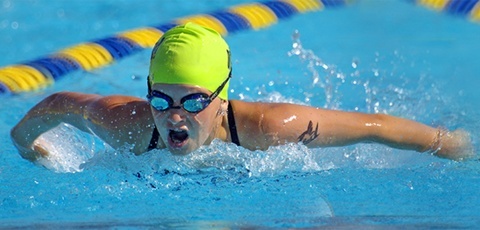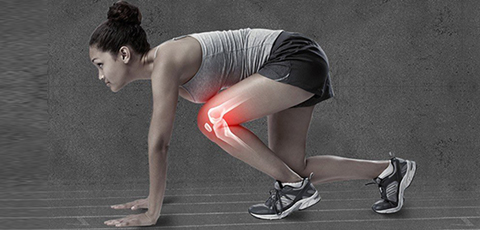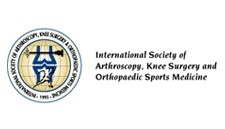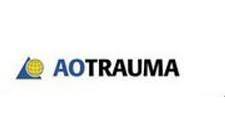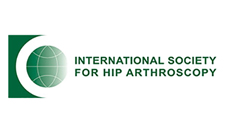Labral Debridement
The hip joint, which is made up of a cup-shaped hip bone and ball-shaped thigh bone can move smoothly because of cushioning provided by the articular cartilage (tissue lining the surface of the hip and thigh bones) and labrum (tissue that surrounds the rim of the hip socket). The hip labrum has many functions, which include shock absorption, joint lubrication, pressure distribution, and maintaining hip stability. Thus, the labrum is a vital component of the hip, and any damage to it is a cause of serious concern, and requires medical attention. Damage to the labrum may take place in the form of a tear caused due to wear and tear, or injury as a result of repetitive twisting, pivoting and flexion motions at the hip.
Treatment usually involves labrum repair (securing the torn labrum in its normal position) or debridement (removing the labrum) depending on the nature of the tear. Labrum debridement is the removal of torn or weakened portions of the labrum that could get caught in the hip joint, and lead to pain and further damage.
Indications
Labrum debridement is indicated for labral tears that are most commonly seen in athletes who participate in sports such as ice hockey, golf and ballet. Surgery is also considered when conservative therapies like medications, injections and physical therapy cannot relieve pain. Labrum debridement is recommended for smaller and complex, highly macerated or degenerative tears, where the tissue seems to be shredded, and in older patients.
Pre-operative preparation
It is advisable to let your doctor know of any medications that you may be taking, so that they may decide on whether you can continue or stop taking them.
Procedure
Your leg will be placed in traction, i.e., your leg will be pulled away from the socket so that the surgeon is able to view the entire joint for performing the surgery. A button-hole sized puncture will be made in the hip to insert an arthroscope (small fibre-optic tube with a camera attached). Two to three more incisions are made to insert other surgical instruments. The surgeon will check whether it is possible to trim and reattach the torn labrum back to its original position. A motorized shaver is then used to smooth out and remove the shredded tissue. Only the torn tissue is removed, leaving behind the intact labrum. In case of small tears, your surgeon may use another device called electrothermal flex probe, which is run over the torn tissue to melt it, leaving behind healthy tissue. The incisions are then closed and bandaged.
Post op-care
The procedure is performed as an outpatient procedure; you will be discharged on the same day of the surgery. After the surgery, your doctor may prescribe antibiotics to prevent infections and medications to reduce pain and inflammation. You will be encouraged to elevate the leg to reduce swelling and inflammation. You may need to use crutches for 1 to 3 weeks, till you are able to bear weight on the operated side. You will be enrolled for physical therapy where you will be taught range of motion and strengthening exercises. It may take up to 6 months for you to fully recover.
Other Hip Procedures
Hip Arthroscopy
- Hip Arthrogram, Injection & Examination Under Anaesthesia
- Hip Arthroscopy
- Hip Labral Repair
- Labral Debridement
- FAI surgery
- Hip Endoscopy














